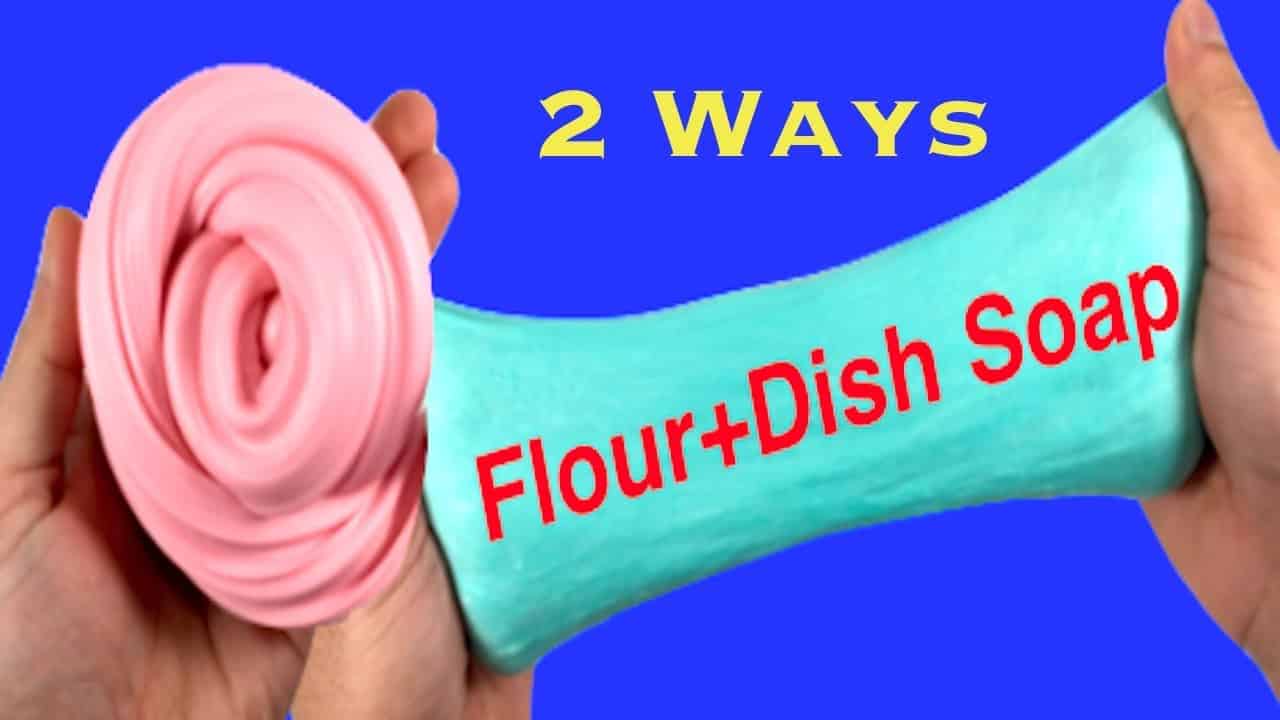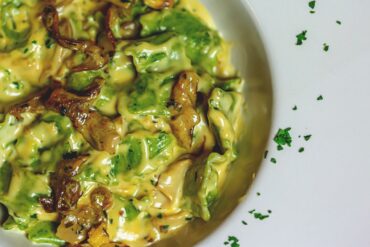How to Make Goo with Flour – A Delightful Mess for Kids!
Hey there, awesome parents! ? Are you on the hunt for an incredibly fun and safe activity that will keep your little ones entertained for hours? Look no further because making goo with flour is not just easy-peasy, but it’s also a fantastic way to encourage sensory play and unleash your child’s creativity.
Before we dive into the goo-ey goodness, let’s talk a bit about why making goo is such a hit with kids. Not only does it provide that satisfying squishy feeling, but it also allows children to explore their senses, practice fine motor skills, and learn basic principles of science and measurements. Plus, it’s a wonderful bonding activity that you and your kiddos can enjoy together!
The Simplest Flour Goo Recipe
If you’re ready to get started, here’s a basic recipe that you’ll love. It’s straightforward, requires only a few ingredients, and guarantees minimum mess with maximum fun!
Ingredients You’ll Need:
- 1 cup of all-purpose flour
- 2 cups of water
- Food coloring (optional, but makes it more vibrant)
- 1/4 teaspoon salt (to prevent mold)
- Additional tools: a mixing bowl, a whisk or spoon, and a bit of patience ?
Let’s Get Goo-ing!
Follow these easy steps to create your homemade concoction:
- Whisk Together: In a large mixing bowl, combine the flour and water. Mix those together until you get a smooth consistency. No lumps, please!
- Add Some Color: Now’s the time to let those colors shine! Add a few drops of your chosen food coloring to the mix. Stir well until the color is evenly distributed.
- Cook the Goo: Pour the mixture into a saucepan and cook it over medium heat. Stir continuously to prevent it from sticking or forming lumps until the mixture thickens to a gooey texture.
- Cool Down: Once you’ve reached the desired gooey-ness, remove the saucepan from the heat. Allow the goo to cool down before transferring it to a safe play area.
Pro Tip: Remember to engage with your kiddos throughout the process. Ask them what colors they’d like to use or if they want to add any glitter or small toys into their goo for extra sparkle and surprise!
Safety First!
Your child’s safety is our top priority. Homemade goo is great because it’s nontoxic and made with kitchen ingredients, but it’s still important to keep an eye on your little ones, especially if they have the habit of putting things in their mouths. Always supervise playtime, and make sure they don’t ingest the goo.
And now, dear parents, let the fun begin! Whip up a batch of this homemade flour goo and watch those little eyes widen with wonder. As they poke, prod, and play, you’ll know you’ve hit a home playtime jackpot!
Remember, this is just the start of our goo-making adventure. There’s so much more to learn and explore, like tips on storage, cleanup, and fun variations to try. So stick with us, and let’s keep the good times rolling!
Get ready for the next section where we’ll dive deeper into the goo-riffic world, providing you with all the additional tips and tricks you need to become a master of homemade goo!

5 Things Every Parent Should Know Before Making Goo with Flour
As you prepare to make this incredible homemade goo, there are a few key things to keep in mind. These tips will ensure a smooth goo-making experience and even more fun for you and your kiddos!
1. Choosing the Right Workspace
Selecting an appropriate workspace is crucial. You’ll want an area that’s easy to clean, like a kitchen table with a wipeable surface. Consider laying down newspaper or a plastic tablecloth to catch any spills. Less mess means less stress!
2. Customizing the Texture
The joy of homemade goo is that it’s customizable. If your goo feels too runny, add a bit more flour. Too thick? Add water. This is a great opportunity to show kids how to problem-solve and tweak recipes as needed.
3. Exploring with Add-Ins
Having a variety of add-ins like sequins, beads, or even scents can make the experience more enjoyable. Remember, anything you add should be non-toxic and large enough that it doesn’t pose a choking hazard for younger children.
4. Ensuring Easy Cleanup
To make the after-fun cleanup easier, keep a bowl of warm, soapy water nearby for quick handwashing. Goo can dry out and become harder to clean if left out, so tidy up promptly after playtime.
5. Storing the Goo Properly
When the fun’s done for the day, store your goo in an airtight container to keep it fresh for next time. You’ll want to check for mold growth occasionally and make a new batch if it starts to look or smell different.
Enhancing Your Goo-perience
Now that we’ve got the basics down, let’s explore how to take your flour goo to the next level.
Themed Goo
Creating themed goo can double the fun, particularly for special occasions like holidays or birthdays. Add some green food coloring for St. Patrick’s Day, or some orange and a sprinkle of pumpkin pie spice for a Halloween treat!
Goo Science
Use your goo-making session to introduce simple science concepts. Discuss states of matter, non-Newtonian fluids, or the science of color mixing. It’s an entertaining and educational experience rolled into one!
Texture Play
Vary the textures by adding different items to the goo. Things like rice, pasta, or even sand can give it an unexpected feel. Just be cautious with very young children and make sure the additional items are safe for their age group.
Ready? Set? Let’s goo! Flex your creativity, inspire your youngsters, and create memories that’ll stick just as much as the goo will. Embrace the joy of mess-making, knowing that you’re not only creating fun but fostering learning and development. Flour goo is just the beginning of an incredible adventure in play!
See more great Things to Do with Kids in New Zealand here. For more information see here
Disclaimer
The articles available via our website provide general information only and we strongly urge readers to exercise caution and conduct their own thorough research and fact-checking. The information presented should not be taken as absolute truth, and, to the maximum extent permitted by law, we will not be held liable for any inaccuracies or errors in the content. It is essential for individuals to independently verify and validate the information before making any decisions or taking any actions based on the articles.




